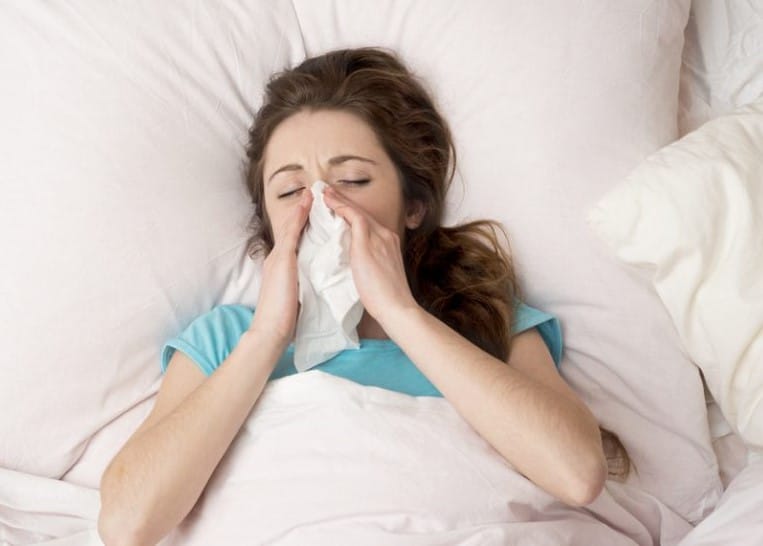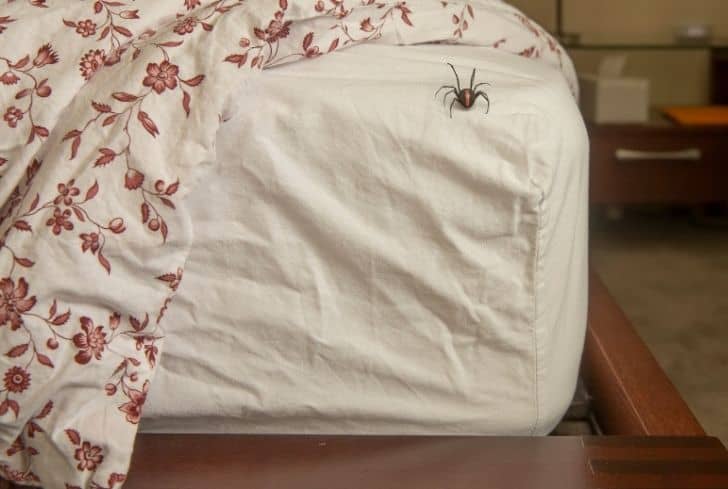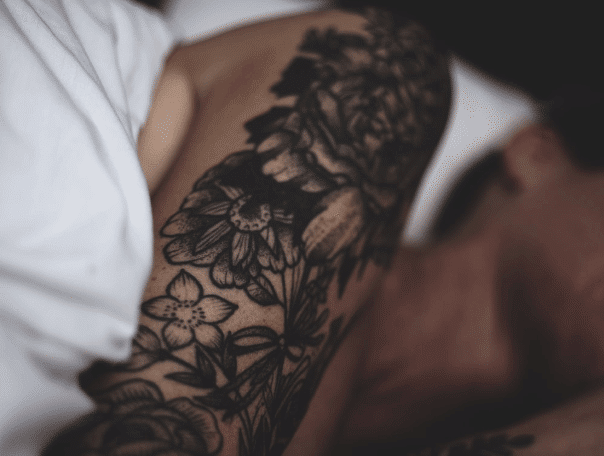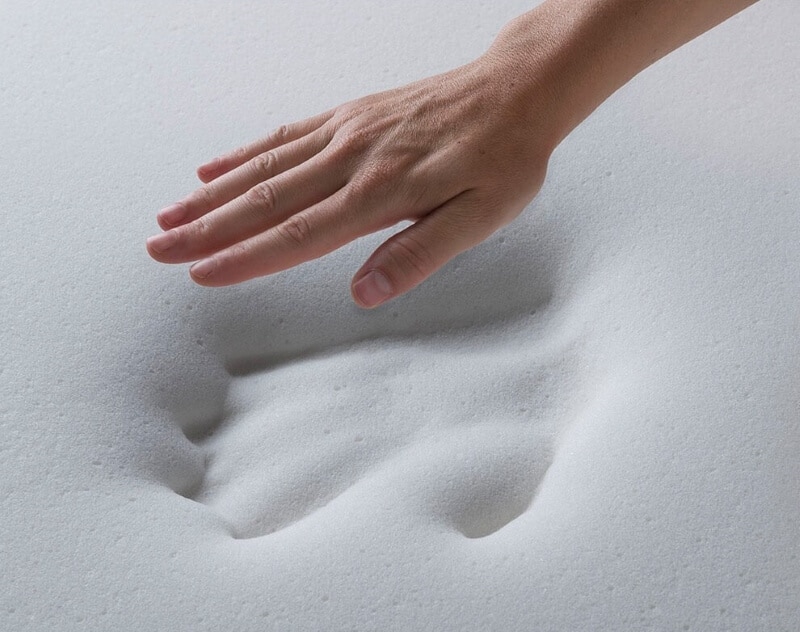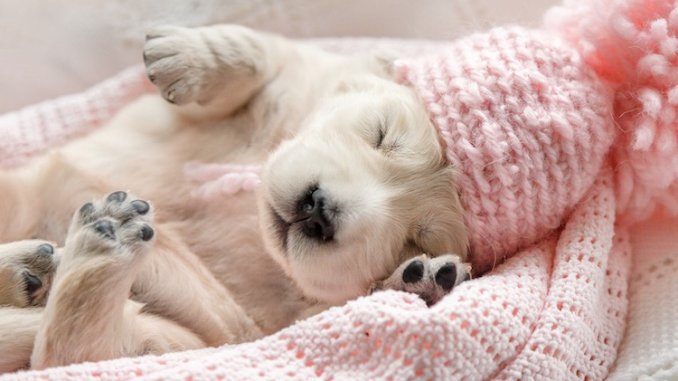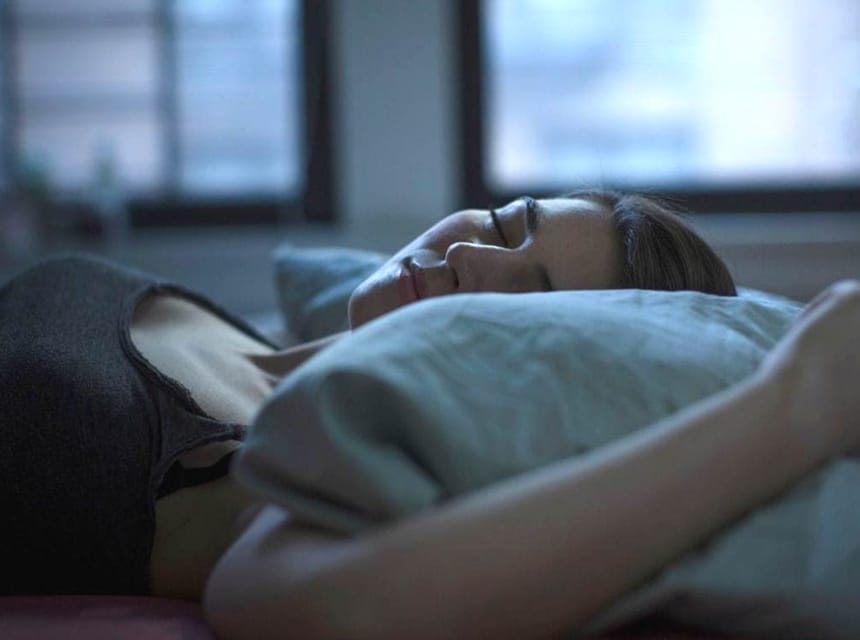

Before delving into the subject of discourse proper, it is imperative to briefly talk about the big umbrella under which both viscose and rayon fall, and that is “fabric”. There was a prehistoric age when men were fruit gatherers and agrarian in nature, and because they started migrating into colder climates and higher latitudes, they developed into using fur, hides, and skin, leaves or grass that were draped, wrapped, or tied to cover themselves up and this was the earliest use of “clothes” or anything close to it in terms of functionality.
Fabric, also called textile or cloth, is a flexible material made by creating an interlocking network of yarns or threads, which are produced by spinning ray fibers, which can be sourced naturally or synthetically into long and twisted length. Fabrics are then formed by weaving, knitting, crocheting, knitting, tatting, felting, bonding, or braiding these yarns together that may be used in the production of further products such as clothing and upholstery.
When talking about fabric, viscose and rayon are names that are popular and not unheard of. This article focuses on viscose and rayon’s distinctiveness and especially their similar attributes, which most times is misconceived and misunderstood by people.
Without further ado, let’s begin!
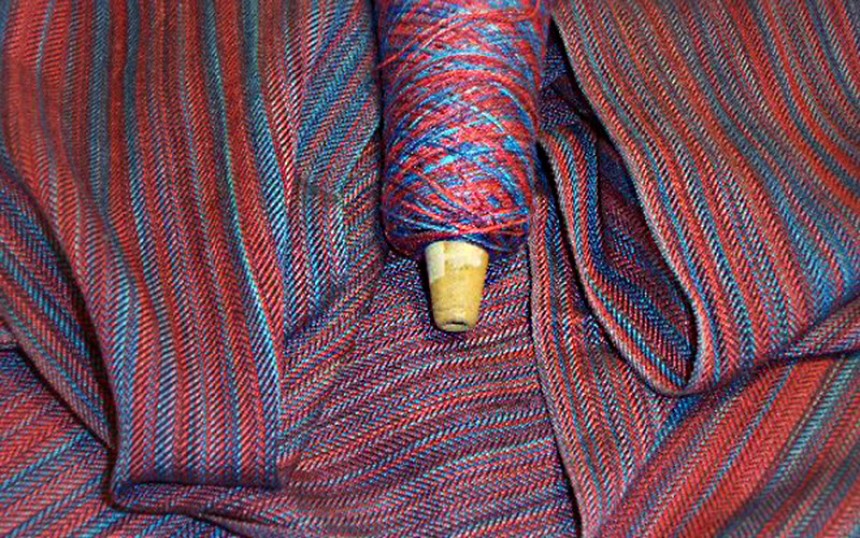
In a nutshell, rayon is a semi-synthetic based (that is, neither organic nor artificial)material made of cellulose (obtained from wood pulp, usually from pine, spruce, or hemlock trees and cotton linters, which are residue fibers clinging to cottonseed), which ensues naturally in plants. It has gone through many chemical procedures before it is processed to what it is known as today.
Since rayon is a low-cost and convenient fiber to work with, it gives itself to different uses. It might be interlaced or knitted to make clothing though it remained originally advanced for usage in the manufacture of home fittings. This is because it wasn’t resilient enough to stand wear and tear and have a tendency to become yellow as time passes.
The different types of rayon fabric include viscose rayon, modal, and lyocell. The most common type is high-wet modulus rayon and viscose rayon, but our focus will be placed on viscose rayon in the latter part of this article.
The most common use of rayon is to make various clothing articles and homeware such as blankets, sheets, and curtains. Are you looking for one of the best Rayon sheets out there? You might want to consider the set from LuxClub It can also be used to make surgical products and tire cords.
Pros
Cons
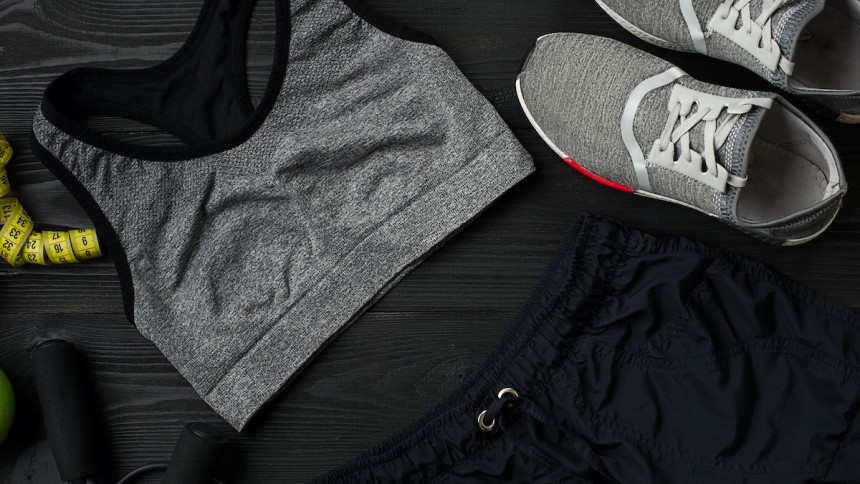 History of Rayon Fabric
History of Rayon Fabric Rayon’s history dates back to over a century ago. As a result of the outbreak of a disease affecting the silkworm in the 1860s, the French silk industry was in crisis, and a French Count Hillaire de Chardonnet and Louis Pasteur, together referred to as the Fathers of Rayon, began studying the problem with the intent of being heroes by saving the industry. They found a way to produce an artificial silk material in 1885 and patented the first successful method to make fiber from cellulose.
Four decades later, it was called fake silk or imitation silk, although people accepted the fabric with open arms. By 1952 it metamorphosed into a full-fledged industry and was termed to be rayon conferred by the Federal Trade Commission. This term comprised any man-made fiber made from cellulose. The commission also divided rayon into two broad categories, which consists of rayon (fibers having pure cellulose) and acetate (fibers having a cellulose compound). Rather than being used as raiment, they were more used in industrial and home furnishing products.
In 1955, producers discovered and began to make a new type of rayon known as high-wet-modulus rayon (HWM), which was stronger and could be used to produce clothing, sheets and blankets. This, till today, is considered as the most important development in the production of rayon fabric, and it is a widely produced and accepted fabric internationally.
Viscose is a fiber made from natural materials, and it is one of the three types of rayon. Viscose is a semi-synthetic material used in upholsteries, clothes, and bedding materials. It is majorly from wood pulp, which is preserved and spun into yarns to make fabric. Viscose fabric has the feature of perfect draping because it is soft, lustrous, and lightweight.
More technically, the term “viscose” denotes the viscous organic fluid regenerated into fibers for the creation of the fabric. It is gotten from cellulose, which is the main component of plant cell walls. It is made by liquifying wood pulp or cotton linter into caustic soda and allowing it to immerse for a known time, and then it is shredded and aged. It is then treated with carbon disulfide to produce xanthate, which is later melted in a little concentration of caustic soda and an acetate dope.
Some of the common trees and plants from which viscose is derived include beech, pine, bamboo, soy, spruce, hemlock, and eucalyptus. Cellulose is then treated with chemicals to produce a fiber imitating the quality of natural fibers such as cotton and silk. Often times, viscose fabric often resembles silk and feels like cotton, which is fit for the production of light clothing.
Viscose’s numerous benefits make it fit for making many utility products. It is commonly used for making clothes, window drapes, cooling toppers, mattress protectors, and cellophane.
Pros
Cons
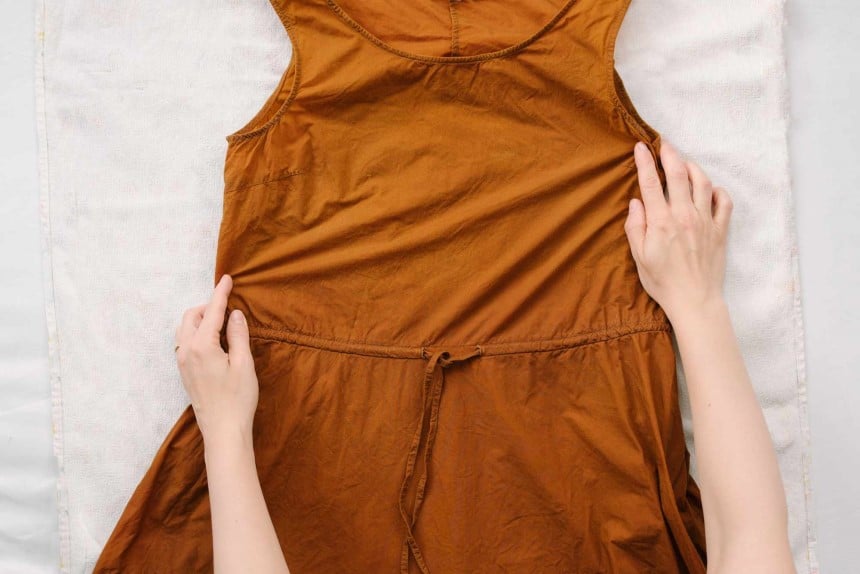 History of Viscose Fabric
History of Viscose Fabric This history is quite brief because viscose emanated from rayon, which we have discussed formerly. But for record purposes, it is said that viscose was originally manufactured in 1883 as an affordable substitute to natural silk. This multipurpose fabric known as imitated silk is found in t-shirts, activewear, jacket linings, fashionable dresses, and tunics. Its multipurpose nature rests on the element that it can be mixed with various fabrics such as polyester and cotton to boost their benefits. The wood cellulose undergoes several steps, which emerge to the final product, viscose fabric.
To not state that the major difference Trusted Source Rayon Vs. Viscose: What's the Difference? - Mattress Clarity More likely than not you’ve stumbled upon something made of rayon. www.mattressclarity.com aside from some characteristics between rayon and viscose is the process of manufacture will be a serious omission!
It is easy to know that other fabrics like cotton, silk, and wool are without being so confused. Cotton is considered the most comfortable and natural, silk is the most luxurious, and wool is, of course, the best for warmth. But when it comes to rayon and viscose, it is hard to tell the difference. In other words, there isn’t a substantial difference between rayon and viscose. The following are the main differences:
It is important to note that most times, this decision will be based on the taste of each person!
With the similarities between rayon and viscose, it is difficult to not only tell the difference as seen in the previous subtitle, but it can also be a hard decision to take when you have to settle for one. You can decide your pick based on four core considerations.
Both rayon and viscose are comfortable materials to wear, but viscose will be the better bang for your bucks because it was made with the intent of mimicking silk as opposed to rayon’s cotton-like feel. Viscose drapes better, is softer, and definitely more comfortable.
Though maintenance for both fabrics can be tasking when it comes to durability, it would be a worse option to pick viscose because of its manufacturing process, whereas other types of rayon fabrics are more durable.
It will be a wise pick to opt for bamboo rayon if you want the fabric to serve the purpose of keeping you cool in warm temperatures. This work exceptionally well for bamboo sheets and pillow cases. For example, you can try the Bedsure Pillowcases Set that will deliver ultimate comfort.
Although both of them show hypoallergenic features, it is more evident in bamboo rayon, so be on the watch if you or your loved ones suffer from allergies.
Viscose is lighter and smoother in feel compared to cotton but isn’t as durable.
It is a semi-synthetic fiber because it is derived from a natural source but needs extensive processing using chemicals.
By itself? No! but when it is combined with spandex, it does have a stretchy feel.
Rayon and viscose were discussed as two fabrics that are often considered one and the same, and their names are used interchangeably. While they are alike in composition, processing method, and overall qualities, there are differences between the two, which is worth your consideration.
